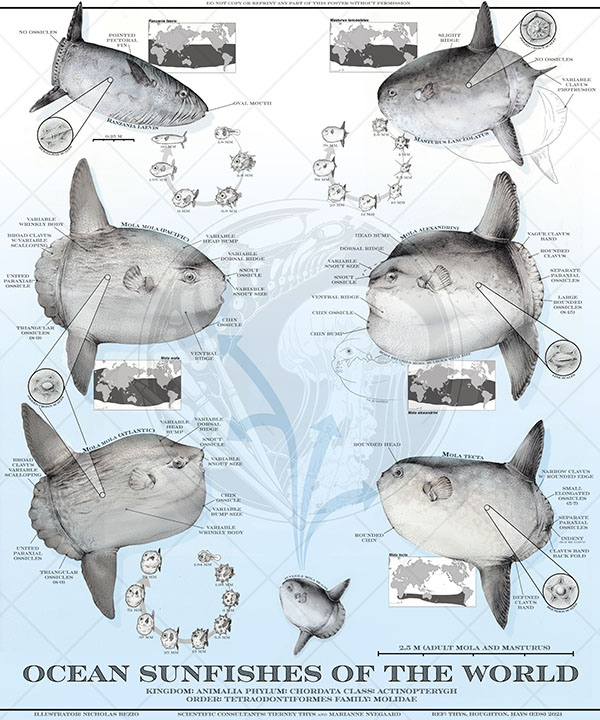2021 Ocean Sunfish Symposium
Held February 23, 2021, in celebration of The Ocean Sunfishes: Evolution, Biology and Conservation edited by Tierney Thys, Jonathan Houghton and Graeme Hays and published by CRC press, Taylor & Francis. Featuring lead authors from each chapter of the book, the symposium highlights historic milestones, key findings, recent discoveries and current research updates from around the world. View all the sessions: https://www.youtube.com/playlist?list=PLwKFsJZmdxpHihnyFnaqfuUVW9E78EqJC
Read detailed sightings of sunfish near you or contribute your own
The Ocean Sunfishes – Order Now
Evolution, Biology and Conservation
Edited by Tierney M. Thys (California Academy of
Sciences, USA), Graeme C. Hays (Deakin University,
Australia) and Jonathan D. R. Houghton (Queen’s
University, UK).
Help Unravel the Mystery of the Ocean Sunfish
Seen an ocean sunfish? You can help by reporting your sighting. Your sightings can help us understand the behaviors and movements of these amazing creatures…
Adopt a Sunfish
I’d like to tell you a story about a very special little girl who inspired the creation of the Adopt a Sunfish. Early in 2007, I was serving as a National Geographic expert on a …
Want to be a marine biologist? Check out the education and careers section
Want to make a difference? Click here for suggestions.




